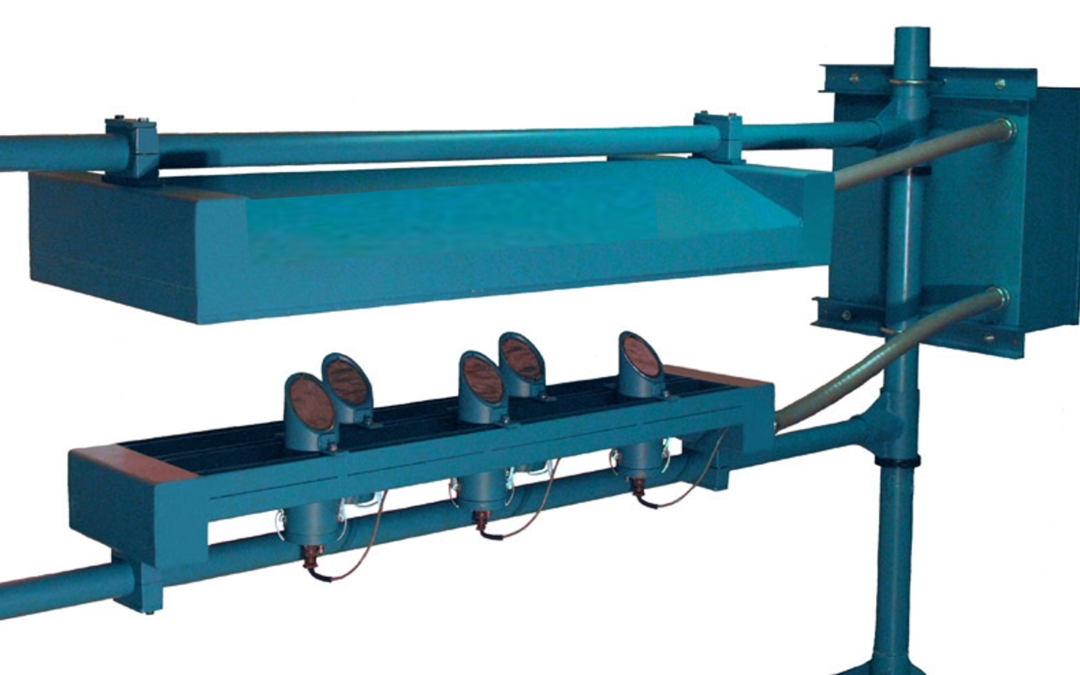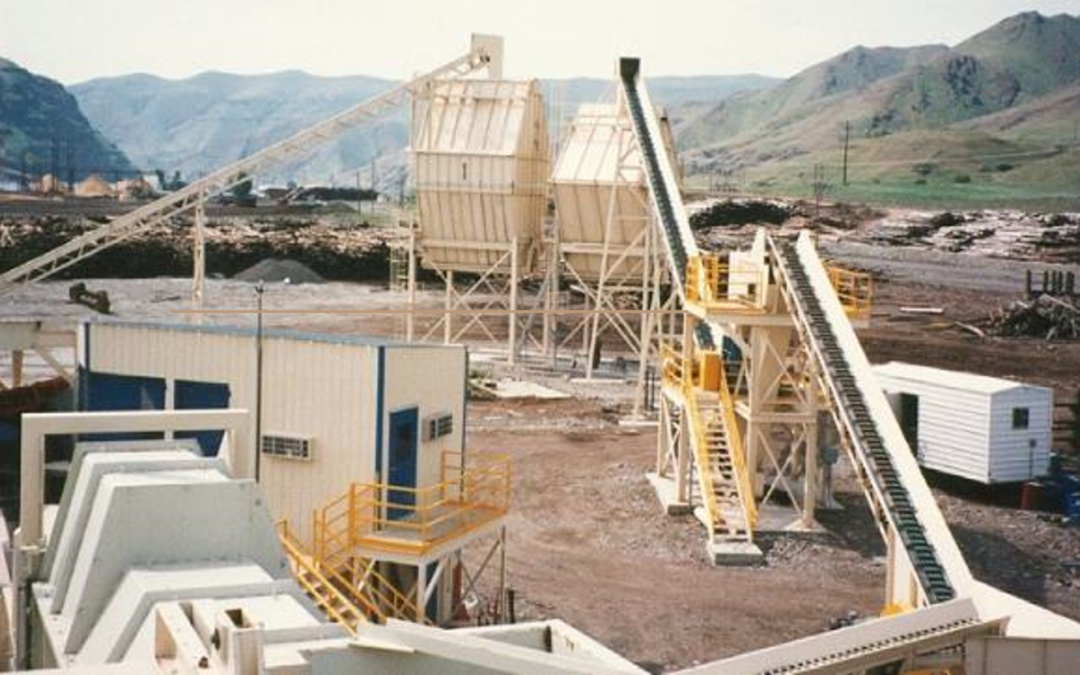
Why Is My Blow Detector Inconsistent?
Other Blow Detectors Can’t Meet Performance Standards. The Reasons Are Clear.
There are two primary problems with ceramic crystal transducers used in blow detectors. The first is that they’re finely tuned devices (with a high Q factor) where the transmitter and receiver need to operate within in an exceptionally narrow frequency band. These devices tend to drift – and not necessarily together. Because of the narrow frequency requirement, a small amount of drift can have a dramatic impact on received energy. This causes the detector to trip on false positives – an expensive proposition for a plant.
The second problem has to do with resonant frequencies and broadband applications. A typical transducer includes a transmitter and receiver. A standard Miloptic transmitter produces a narrow band output targeted at frequencies in the 16-95khz range. The receiver – which is broadband over this range – is electronically narrow-banded later in the process. This allows the system to be tuned to a “sweet frequency” – one that is ¼ or ¾ wavelength in the material being inspected. At ¼ wavelength, or a multiple thereof, the material approaches transparency – making it much easier to penetrate. However, piezoelectric ceramic crystals do not like to be driven off their resonant frequency – and, therefore, are not effective in broadband applications.
I have encountered both of these problems based on decades of hand-on experience. In 1968, I worked with my team at Trienco – now Miloptic – to build and install the world’s first air-coupled blow detector. Initially it worked great – but when it was installed into a high-production mill, we started to see issues.
The ceramic crystal transducers in the initial design drifted – causing inaccurate positive readings. Our testing at the time showed that blow detectors with ceramic crystals will never deliver consistent results under high-production conditions. It took some time, but by mid-1973 we successfully developed our exclusive transducers without ceramic crystals. The Trienco 506 system was born.
Since then, we have successfully installed over 220 Trienco 506’s. We are extremely proud to report that many of them are still in service – after 30 years of operation. As technology improved and our engineering expertise has increased, we launched the 5600 and current 5700 product lines. The new 5700 series has been designed to integrate with Rockwell and other PLC solutions. It also provides solutions for many different panel types – in addition to flooring, gypsum, and siding. And best of all, Miloptic’s products are made in the USA.
Want to learn more about the differences between the Miloptic transducers and their ceramic counterparts used by most of our competitors? Feel free to call us at 503-213-2013 or email us at support@miloptic.com.

